I lack the time to do an in-depth story on yesterday’s 9-0 decision by the Supreme Court in NCAA v. Alston, as the case involves some modestly complicated legal issues involving antitrust and monopoly power.
The basic legal point underlying the dispute was whether the NCAA rules on amateurism, which prohibit member schools from providing financial benefits to student-athletes beyond the scholarship funds that allow the student-athlete to attend the school, are an unlawful “restraint” on the ability of student-athletes to market their services for higher levels of remuneration from schools that might be willing to pay more if they were allowed.
There was a bench trial — a judge sitting without a jury — in the United States District Court for the Northern District of California. At the conclusion of the trial, the federal judge issued a ruling and injunctive relief that ruled in certain ways in favor of each side.
The district court determined that the NCAA was a “monopoly” under the Sherman Anti-Trust Act, but it upheld the NCAA prohibitions on compensation payable to student-athletes that related to athletic performance. But it ruled against the NCAA and in favor of the student-athletes with respect to limits on what member schools could offer to student-athletes with regard to education-related benefits, such as scholarship money for graduate school or post-graduate training.
In some ways, these limits are intended by the NCAA to prevent a financial “arms race,” where wealthier institutions (or institutions backed by wealthy supporters) will be able to fund financial incentives — even ones limited to educational-related benefits — that less-well-off member schools will not be able to offer. It will likely create an imbalance in the ability of the “haves” and “have nots” to attract the most talented high school players.
Both sides appealed the district court decision. The Ninth Circuit Court of Appeals upheld the outcome in the district court in all respects.
Thereafter, only the NCAA appealed the case to the Supreme Court.
Curiously, the NCAA did not contest the holding by the district court that it was a monopoly. That meant that when the case got to the Supreme Court, it could only be decided based on one issue — was there a basis to conclude that the NCAA should be excused from complying with federal law as it applies to such monopolies. Because the student-athletes did not appeal, the only issue for the Court to decide was whether to uphold the district court’s determination that the NCAA ban on economic-related benefits violated anti-trust law that prohibited anti-competitive practices in restraint of trade. By a 9-0 vote, the Supreme Court determined that it did.
The Opinion for the unanimous Court was written by Justice Gorsuch, a leading figure on economic regulatory issues such as anti-trust law. There was only a single short concurring opinion from Justice Kavanaugh. This means the Court spoke with one voice — seemingly another comment on the move in political circles to “pack” the Court with additional liberal Justices to be appointed by Joe Biden based on the premise that conservative appointees drive the outcome in most cases.
As for the legalities in Justice Gorsuch’s opinion, I’m going to reduce them down to a couple of dumbed-down observations because at that level I think I can even understand anti-trust law.
First, the “unique societal benefit” the NCAA claims it provides by preserving amateur sports as distinct from professional sports seems at odds with the evolution of payments the NCAA does allow member schools to give to athletes — which have grown substantially on a dollar-figure basis over the past few decades. This undermines the claim by the NCAA that the education-related benefits would be the proverbial “straw that breaks the camel’s back.”
Second, the fact that the NCAA is really nothing more than a joint venture between the member schools to deliver to consumers a product that is unique in the marketplace does not excuse NCAA compliance with anti-trust law. The losers in the arrangement are student-athletes who, the NCAA admits, have no other market into which they can “sell” their services. If they are not able to play professionally coming out of high school, they have no option but to accept the NCAA limits if they want to play “the only game in town” short of the professional level.
Third, most anti-trust cases involve disputes between would-be competitors and the monopoly. Such would be the case if there was another group of schools that wanted to form a new association to compete with the NCAA, but the NCAA employed its monopoly to defeat the new organization’s efforts to recruit members or secure endorsement deals or television broadcast rights.
But the issue in this case — which seems to have offended the Justices — was the NCAA’s smug view that it was really just trying to keep costs in line for its joint-venture endeavor, and if that meant holding down the value of benefits that student-athletes were allowed to receive in exchange for the services they provided — well, that was just the way it had to be. The monopoly, in this instance, used its market power to hold down its “wage costs” for lack of a better description.
It is hard to imagine a scenario in which any court would respond favorably to such a proposition.
Justice Kavanaugh wrote a concurring opinion that amounts to mostly an editorial, the central thesis of which is that the NCAA’s business model — maximizing revenue and popularity by suppressing labor costs with monopoly power — would not be tolerated in any other enterprise. His blunt criticism may very well have started the clock running on a countdown to the end of the NCAA.
As Justice Kavanaugh said in the final line of his concurring opinion — “The NCAA is not above the law.”
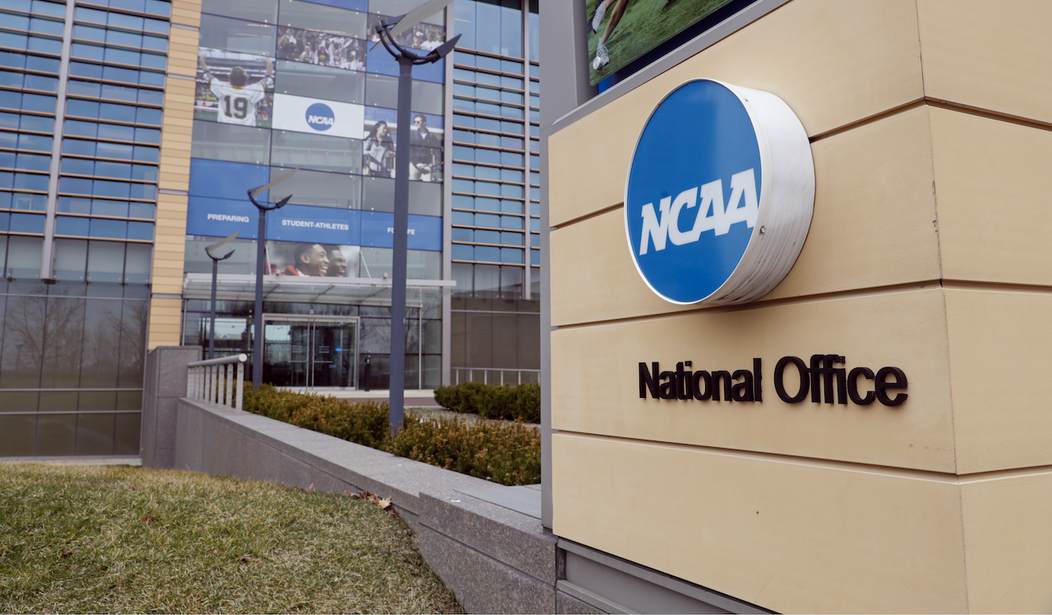





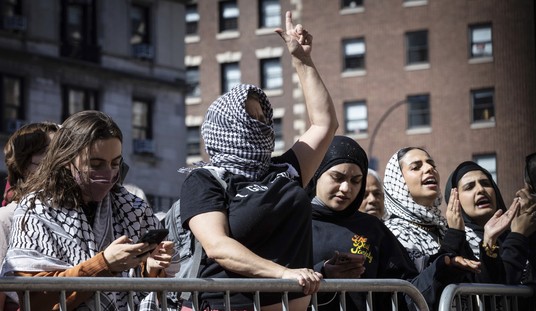
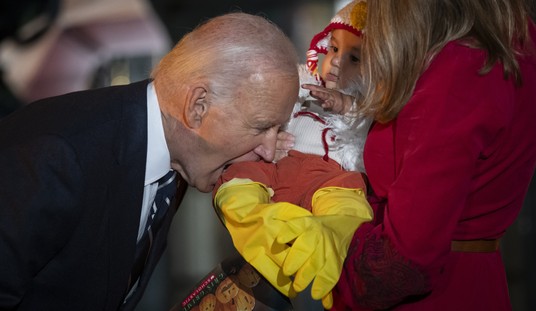
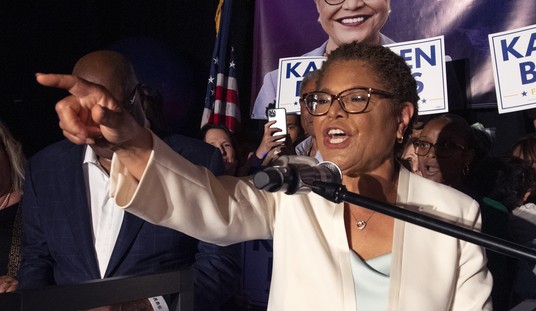


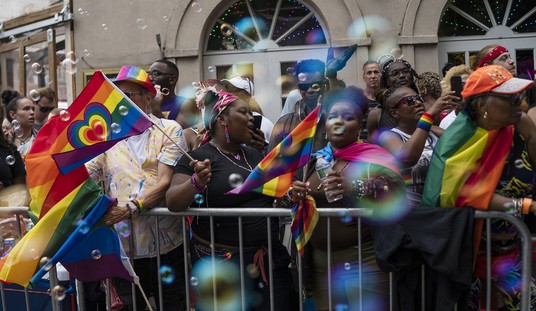


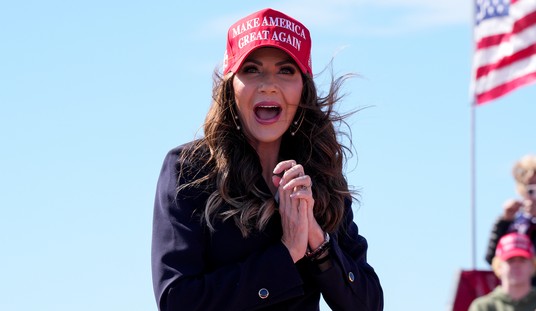
Join the conversation as a VIP Member